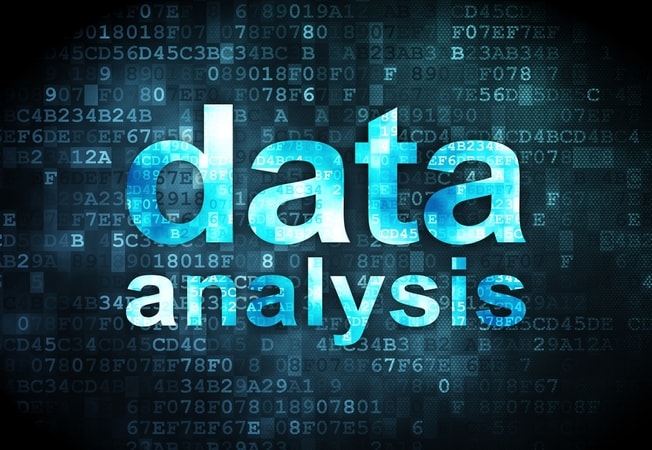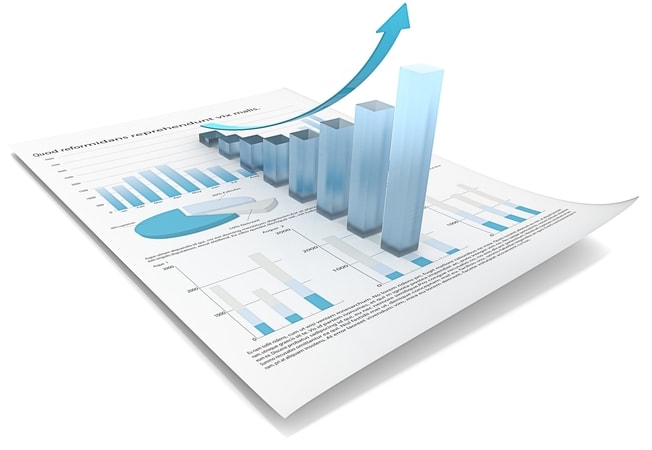STATA Data Analysis Services Conducted by Experts
Information is a powerful tool for effective and efficient decision-making across sectors when analyzed well, thus, the need for STATA data analysis services to assist in extracting meanings and insights. With the help of qualified data analysts from a credible company, one is assured of effective and correct arrangement, explanation, and presentation of data to draw rational conclusions in line with the research question or objective. Our analysis services using STATA entail cleaning, inspecting, and transforming raw data into understandable formats for ease in interpretation and drawing of conclusions.
STATA is a statistical software that is command-driven to conduct analysis, manage data, and create relevant graphs for visualization. Our company has experienced users and STATA data analysis experts who use the software commands to run statistical tests and econometric analyses as discussed in this article.

Factors We Consider During STATA Data Analysis
Research indicates that STATA is mostly used by companies with between 1,000 and 5,000 employees and a revenue of over 1000M dollars. The STATA users are distributed across sectors, including higher education management, hospital, and healthcare segments. Discussed below are some of the factors we consider to deliver the best STATA data analysis help to our clients.
1. Type of data for statistical analysis using STATA
Data analysis is a multifaceted process that involves understanding the nature of the collected information, cleaning, categorizing, analyzing, interpreting, and communicating the results. When hired to offer analysis services using STATA, we must first understand whether the data at hand is the right one for the research questions or decision making and explain the rationale for choosing that statistical package. In addition, our statisticians evaluate whether the combination of STATA and the given dataset will lead to accurate conclusions that can inform rational, effective, and efficient decisions or answer questions posed in a research paper, capstone, project, dissertation, or other assignments. The dataset presented for analysis must be compatible with the STATA version to be used.
2. Type of analysis required
STATA gives different commands for conducting statistical tests and various econometric analyses. Our experts are knowledgeable in different types of analyses such as cross-sectional time-series, repeated measures, survival time data, cohort analysis, and others depending on what clients need. We are experts in using statistical methods to analyze data, export results, and create reproducible research. We help researchers and scholars with all sorts of data analyses using STATA to generate reliable statistical results which we communicate using quality reports.
3. The version of STATA available for data management and analysis
Based on the size of the dataset and the number of variables involved, our STATA analysis experts choose the most suitable version to correctly process the information within the clients' time frame. We are proficient in using STATA versions such as the multiprocessor (Stata MP), standard edition (Stata SE), and the basic version (Stata BE). The three versions can handle different numbers of variables, memory, and speed. We, therefore, use the most appropriate version of STATA depending on the size of the dataset, the number of variables, and the urgency with which the report is required/clients' deadlines.
4. Types of variables in a dataset
Variables stored in STATA datasets can be numeric or string types. The types of data storage vary in levels of accuracy, hence, memory requirements. In most cases, numeric variables represent something that has been measured including income, opinions, or attitudes in social sciences, time, and different entities among others and can be stored as integers, bytes, longs, float, or double. Our STATA data analysis services involve using numerals to conduct computations depending on what the data are about and how one wishes to use them. String variables are not treated as numeric, thus, STATA does not run a computation on them. Such strings may be letters or numbers only, a combination of both, or keyboard symbols.
We provide the best STATA data analysis help to clients based on our excellent understanding of statistics and the advanced programming language. Our statistical analysis experts know when to click different buttons to add variables in STATA or when differentiating storage types. We exercise complete control over the data analysis process to deliver correct results that have a high degree of reliability.

5. Size of the dataset
The size of datasets presented for analysis may vary with fields or subjects. Huge datasets may require one to change the format of storage variables to fit in the available storage memory. With the help of stat/transfer, one can optimize the file sizes depending on the space to be occupied by each variable. After loading the dataset into the computer memory, we carefully compress it when necessary to determine whether some variables may have needed less space than allocated and change the storage type accordingly using STATA.
6. The ability to change data storage type
With the help of our STATA data analysis experts, one can change a numeric variable to a different type. A string variable can also be changed to a different form of itself using the recast command button. Numeric variables can be changed into more or less complex types depending on the level of precision required. We also change string variables to longer or shorter storage types. Our data analysis specialists also use relevant commands for complex changes; including transforming numeric to string variables and vice versa.
7. Variable naming decisions during data analysis
In the STATA data analysis process, we ensure that the names of variables clearly communicate meaning and are used consistently in the dataset. Moreover, we adequately distinguish the names to avoid confounding different variables in the data organization scheme and analysis process. It is also necessary to specify the names of newly created variables to avoid errors in STATA. Proper labeling of the variables, their value, or the entire dataset is also important. A label on a variable provides information on what it measures. Value labels are, however, specified before being assigned to variables.
8. The data management and workflow
The best STATA data analysis help involves managing all the aspects and workflow. The aspects include planning, organizing and documenting the work, creating and renaming variables, changing storage types, verifying names, conducting statistical analyses for replicable results, and communicating the findings or preparing reports such as clinical reports. Analyzing data using such statistical software also involves opening, creating, and saving datasets in the STATA. We efficiently organize the workflows to create easy-to-analyze datasets. The data is methodically cleaned, names are chosen carefully, and effective labels are assigned to variables in preparation for statistical analysis using STATA.
9. Data modification and editing
After organizing complete datasets ready for STATA analysis, we use relevant commands to explore them. The describe command provides information on the number of observations, storage types, variables contained in the dataset, labels, notes, and the format of display. The list, inspect, and count commands are essential in describing datasets in STATA. Our statisticians are well-versed in the use of relevant criteria and options that assist in modifying datasets and creating new variables to conduct descriptive statistical analysis using STATA.
10. Managing the elements of STATA syntax
STATA makes use of a standard syntax that allows statisticians to have complete control over the dataset being acted on or modify the functions of different commands. Some of the common syntax elements that our STATA data analysts use include commands, options, variable lists, if conditions, and by groups. After deciding to purchase the services of a STATA data analyst from our credible company, one can rest assured of a perfect analysis process in which all elements are considered and integrated to produce accurate and reliable results.
11. Operators and expressions
The excellence of our STATA data analysis services is enhanced by the outstanding understanding of the various relations, arithmetic, and logical operators. The expressions, operators, and STATA codes form the basis for the analysis process and variable transformations. We understand each expression, arithmetic, or logical operator and the role it should play in STATA data analysis.

12. Use of do. files
The do. files are effective in listing and executing commands. When commands for a specific analysis file are stored, one can replicate the results with ease, repeat the analysis after fixing errors, or rerun the analysis. Such files are distinguished by a do. extension. Our excellent STATA data analysis services involve appropriately creating do. files that are used in managing commands, the data being acted on, and the results produced. Do. files are essential for reproducible research and the efficiency of STATA analysis. When working on a more complex project, we create a master do. file that helps in running others in the desired sequence.
13. Descriptive statistics
Conducting descriptive statistical analysis with STATA involves using the summarize command to get an overview of statistics such as the standard deviation, mean, minimum and maximum values of the dataset. Depending on the context, we may specify the variables for which descriptive statistics are required or not. The summarize, tabulate, and plot commands are all useful in modifying datasets into required formats. Regression analysis and basic programming also lie within the scope of our service.
We keep track of log files, use STATA to produce basic statistics, and obtain correlations between variables, cross-tabulations, linear regression, and relevant visualization of data and results. After the analysis process, our experts interpret the results and complete reports with regard to the research question and objectives of the project. Those wishing to hire someone to analyze data using STATA can consider our effective, efficient, reliable, and timely services. We are available and accessible 24/7, thus, one can place orders, enquire about work progress, or seek clarifications at any time. We offer unlimited revisions with delighting customer support for the best STATA data analysis help and experience.





